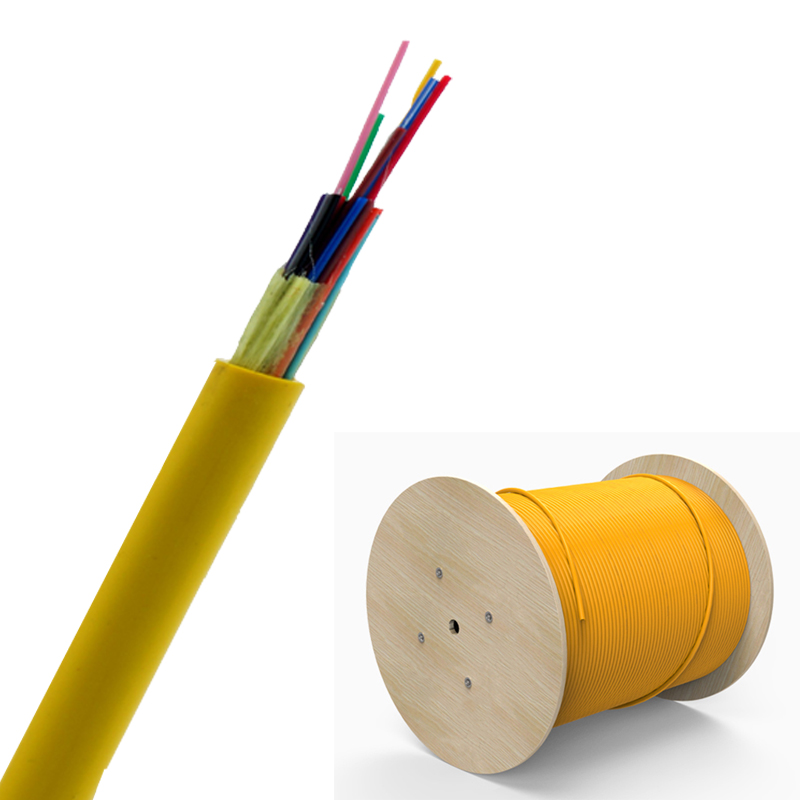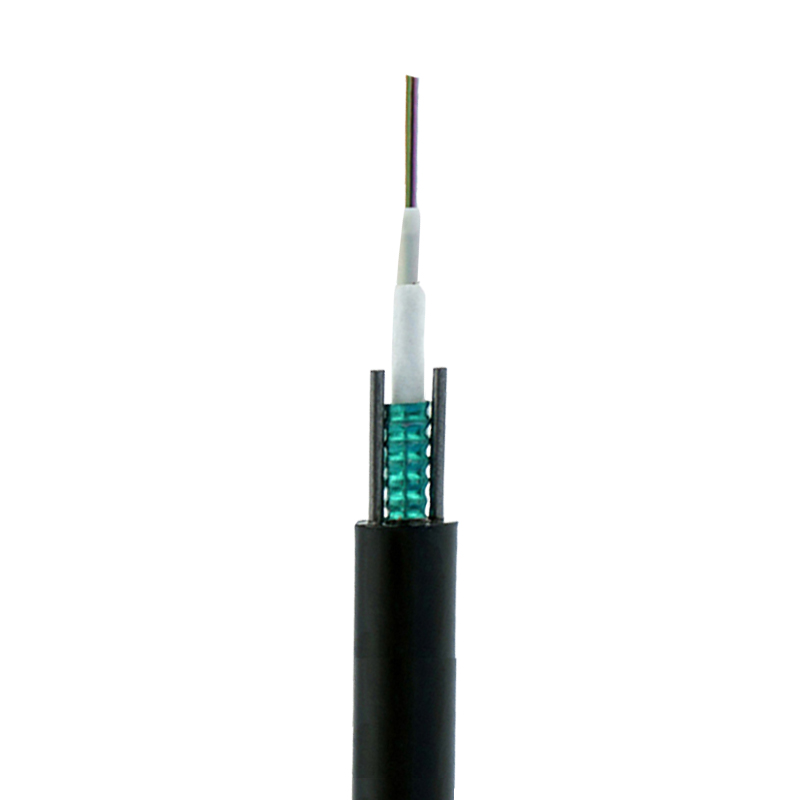Differences between indoor and outdoor optical cables
Indoor optical cable is used for indoor optical cable, is laid in the building optical cable, mainly used in the building communications equipment, computers, switches and end-user equipment.To get the message across.Indoor optical fiber cable by the building environment, laying conditions and other restrictions, indoor optical fiber cable laying in many places for random wiring through the pipe corner, do not need to have a waterproof structure, so the requirements of flexibility is better, high bending performance.Fast transmission speed, clear and stable signal, good anti-interference, large transmission flow.

Indoor optical cable is mainly composed of compact fiber, spinning fiber and PVC outer sheath.Structure without metal and armor.
Aramid has super high strength, high temperature, acid and alkali resistance, light weight and other excellent properties, its strength is 5 ~ 6 times of steel wire, in 560 degrees of temperature does not decompose, do not melt.Aramid also has good insulation and aging resistance.The sheath material of indoor optical cable has PVC sheath material and LSZH (low smoke no halogen) sheath material.Because PVC material has the characteristics of the above, so this kind of material to do cable can not directly in the sun sai, also can not contact water for a long time, otherwise easy to aging.LSZH (low smoke no halogen) sheath material is a flame retardant, fire does not produce a lot of smoke and toxic gas materials.
Outdoor fiber optic cable, simply said for outdoor fiber optic cable, because to meet the requirements of outdoor fiber optic cable is the most suitable for outdoor therefore called outdoor fiber optic cable, outdoor fiber optic cable sheath is generally using PE polyethylene and low smoke halogen-free flame retardant materials.It is durable, can withstand the weather and cold, outdoor fiber optic cable structure with resistance to pressure, corrosion, tensile, waterproof, ultraviolet, acid and alkali resistance and other mechanical characteristics, environmental characteristics.Outdoor optical cable is generally required to be resistant to tensile performance, mouse bite, moisture, bird pecking and other requirements so the outdoor optical cable is generally armored optical cable, outdoor non-metallic optical cable is also to use non-metallic FRP materials, to achieve tensile performance.






